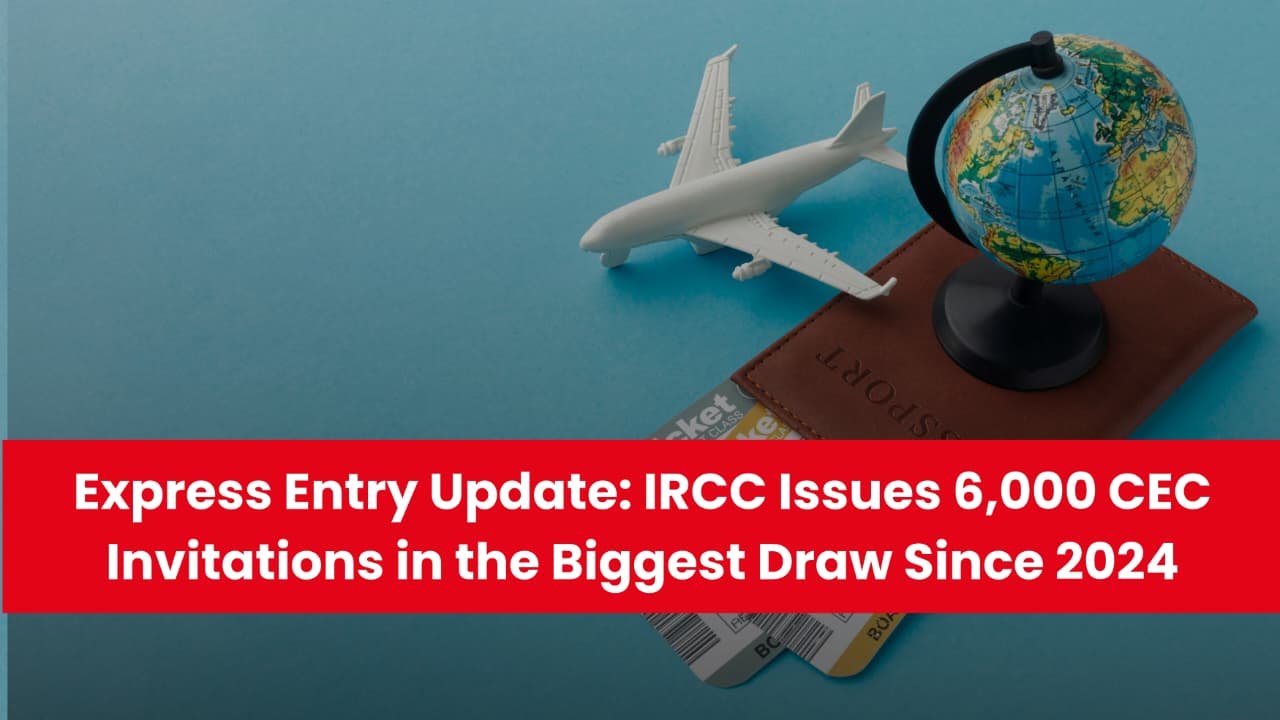Canada has long been a beacon for immigrants seeking better opportunities, safety, and a high quality of life. However, in 2025, significant shifts in immigration policies reflect the government’s efforts to balance economic growth with infrastructure capacity and public sentiment. Here’s an overview of the key changes:
1. Reduction in Permanent Residency Targets
In response to public concerns about housing affordability and social services, Canada has decided to reduce its annual permanent residency targets:
- 2025: 395,000 (down from 500,000 in 2024)
- 2026: 380,000
- 2027: 365,000
This marks the first multi-year reduction since 2018, aiming to ease pressures on housing and public services .
2. Changes to Provincial Nominee Program (PNP)
The PNP, which allows provinces to nominate immigrants based on local labor market needs, has seen a significant cut:
- 2025: 55,000 admissions (down from 120,000 in 2024)
This reduction reflects a shift towards federal high-skilled programs and a more controlled approach to immigration .
3. Increased Focus on Federal High-Skilled Programs
To address labor shortages in critical sectors, Canada is increasing its focus on federal high-skilled immigration:
- 2025: 124,680 admissions (up from 110,770 in 2024)
This includes pathways like Express Entry and the Federal Skilled Worker Program, prioritizing candidates with skills in demand.
4. Emphasis on In-Canada Applicants
The government is placing greater emphasis on transitioning temporary residents already in Canada to permanent status:
- 2025: 82,980 transitions
This approach aims to retain skilled workers who are already contributing to the economy and reduce the need for new arrivals .
5. Adjustments in Family Reunification and Refugee Admissions
While family reunification remains a priority, the number of admissions is being adjusted:
- Spouses and children: 70,000 (down from 84,000 in 2024)
- Parents and grandparents: 24,500 (down from 34,000 in 2024)
Similarly, refugee admissions are being reduced to 58,350 in 2025, reflecting the need to balance humanitarian commitments with domestic capacity .
6. Reforms in Temporary Resident Programs
Canada is implementing measures to reduce the number of temporary residents:
- International students: 305,900 (down from 682,889 in 2023)
- Temporary Foreign Workers: Stabilized at 82,000 annually
These changes aim to address concerns about over-reliance on temporary labor and ensure that immigration serves long-term economic goals .
7. Introduction of Category-Based Express Entry Draws
Starting in 2025, Express Entry will introduce category-based draws to select candidates with specific skills:
- Healthcare professionals
- Skilled trades workers
- French-language speakers
This targeted approach aims to meet Canada’s immediate labor market needs more effectively .
Conclusion
Canada’s immigration landscape in 2025 reflects a strategic shift towards balancing economic needs with infrastructure capacity and public sentiment. While the overall number of new immigrants is decreasing, the focus is on attracting skilled workers, retaining temporary residents, and ensuring that immigration policies align with national priorities.
If you’re considering immigrating to Canada, staying informed about these changes is crucial. For personalized guidance and up-to-date information on immigration pathways. Their team of experts can help you navigate the evolving immigration landscape and find the best path for your circumstances.





